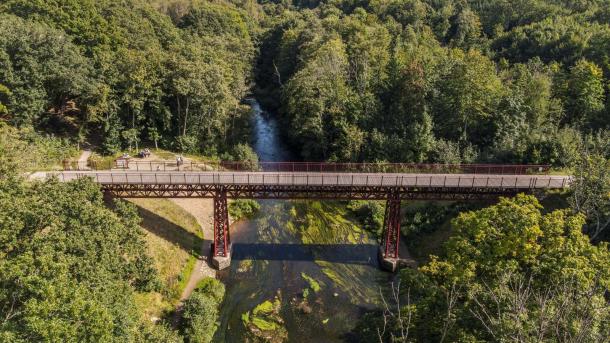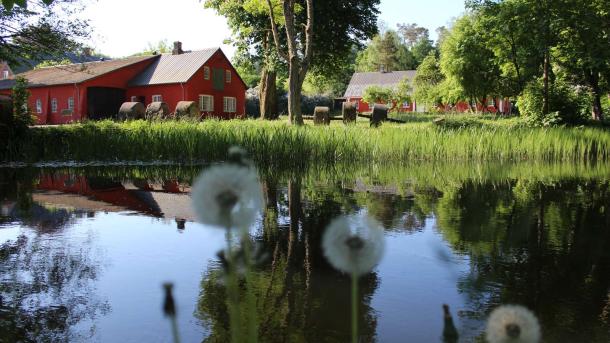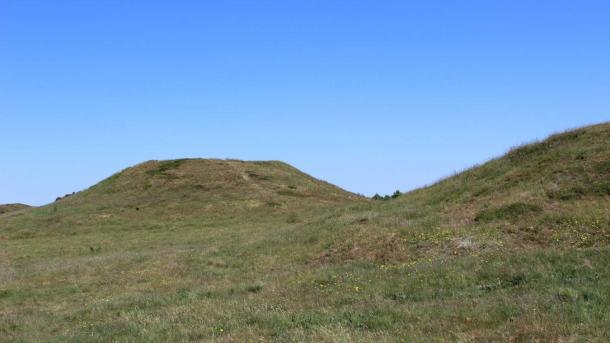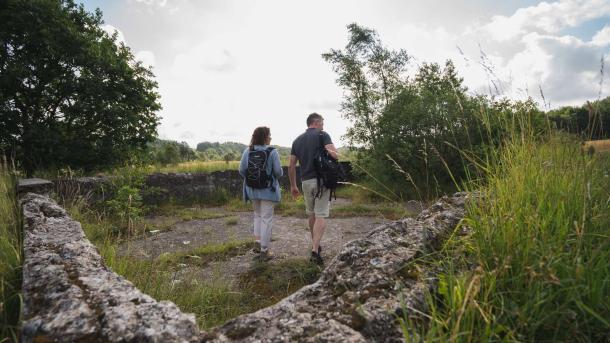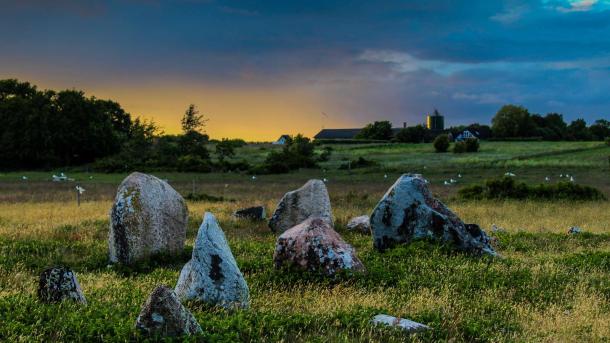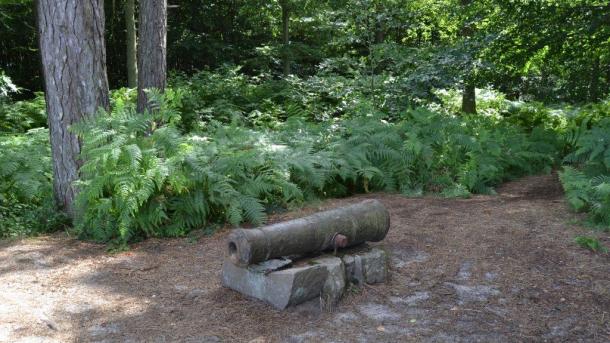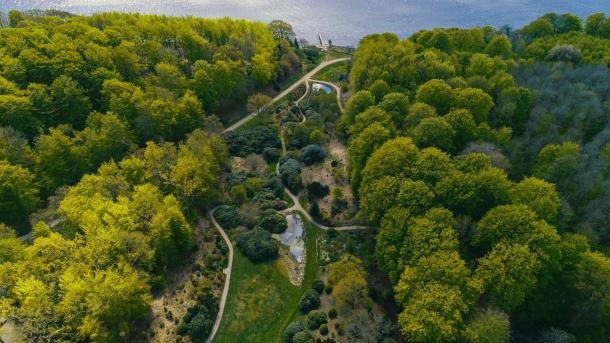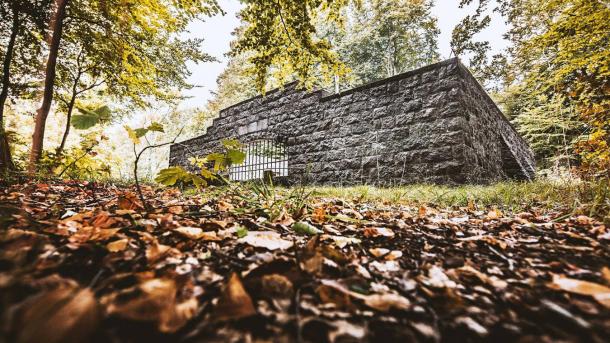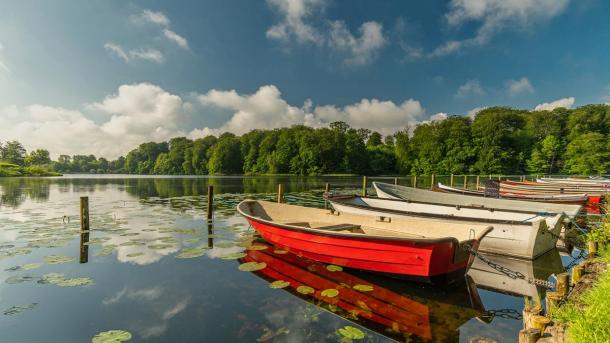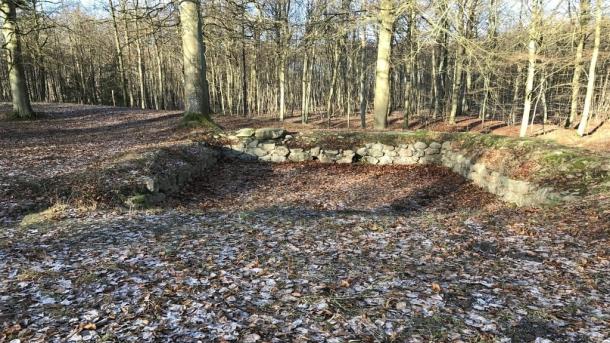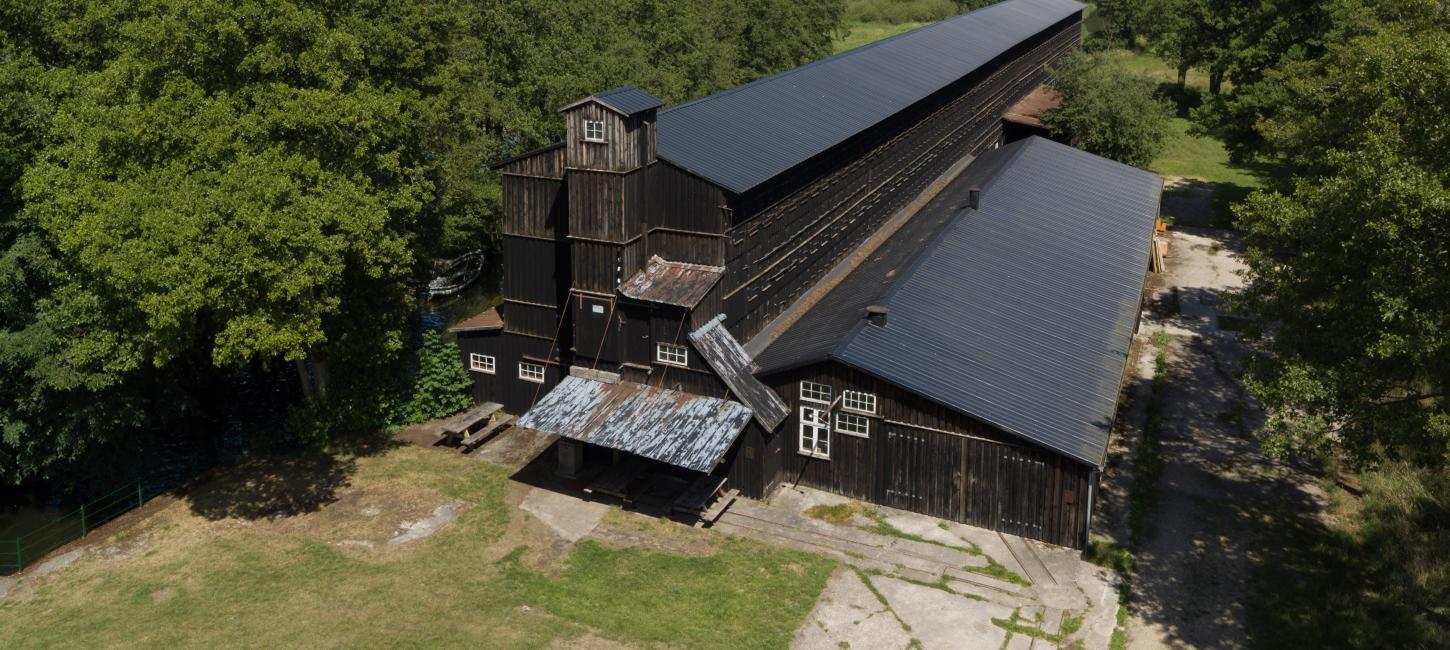
History in nature
While nature takes its patient course, history has left deep traces in the nature of the Coastal Land
Here is a guide to historical landmarks that, with nature as a backdrop, tell the story of a Denmark that once was - from the Stone Age until 1973 when Klostermøllen by Mossø turned its wheel for the last time.
Historical landmarks in nature
What the dam hid - The Rediscovered Bridge
With its scenic location by the Gudenå River, The Rediscovered Bridge is both a unique natural experience and a fascinating piece of cultural history. The bridge remained covered under a dam for most of a century, but it regained its glory in 2014 when it was excavated and simultaneously the original course of the Gudenå River was restored under the beautiful red bridge.
Klostermølle - from monastery to paper mill
With a colorful history as a Benedictine monastery in the 16th century and later a paper mill that operated until 1973, Klostermølle exudes history. Among the beautifully located buildings by Mossø and the Gudenå River is the old drying barn, which is Denmark's longest wooden structure and now also serves as a bird observation tower. Speaking of birds, the entire area can also be admired from a bird's-eye perspective from the nearby Sukkertoppen, which offers a unique view.
The Barrows at Slaggård Banke
The Barrows at Slaggård Banke
Located in the beautiful and hilly area of Slaggård Banke, northwest of Horsens, is one of Denmark's most impressive groups of burial mounds. The numerous burial mounds give the area a distinctive appearance, and the tallest of these mounds measures an impressive 109 meters above sea level, making it one of the highest points in Denmark. The burial mounds at Slaggård Banke are single-person graves built to honor high-ranking individuals. They can be explored by taking a walk on the area's footpaths, which will quickly lead you past a total of 20 burial mounds.
Denmarks' first water park at the source of the Gudenå River.
With only a few hundred meters between them, the Gudenå River and the Skjern River spring forth at Tinnet Krat. They are respectively Denmark's longest and most water-rich rivers. The abundant water resources in the area have naturally been utilized by industrious people, and thus the region became the site of Denmark's first water park. The first basin, built in 1920, was originally intended as a watering trough for cattle, but the local children adopted it for their own enjoyment. In 1938, additional basins were added, and the place officially opened as a water park. Today, one can still see the foundations of the basins in the beautiful area, which has provided a spectacular backdrop for swimmers.
The Viking ship settings, "Kalvestenene," on Hjarnø Island.
According to Saxo, Hjarnø is named after the legendary king Hjarne, who sought refuge on the small island in Horsens Fjord due to conflicts with the royal power. Hjarne was later killed on the island, and the legends tell that he was buried with his army at the Kalvestenene site. While it is unlikely that King Hjarne is buried there, the ship settings serve as grave monuments for the mighty men and women who ruled over the island and, perhaps more importantly, controlled the entrance to Horsens Fjord. Kalvestenene can be reached via the marked path that runs along the south side of Hjarnø Island.
The last stronghold of Horsens Fjord.
The small port town of Snaptun hasn't always been as peaceful and welcoming as it is today. During the numerous wars between the 15th and 18th centuries, Snaptun served as the last stronghold guarding the entrance to Horsens Fjord, playing a crucial role in protecting the bustling trading city of Horsens at the bottom of the fjord. The coastline still bears the marks of its former function, and you will come across two old cannons marking the so-called "Svenskeskanse" (Swedish redoubt). However, these cannons are not original but originate from a shipwreck in 1787. The redoubts can be experienced on a shorter tour around Snaptun, including the harbor, the coast, and Tønballe Forest, and they are also part of the popular hiking route called Kyststien Snaptun-Juelsminde.
The treatment paths at Hotel Vejlefjord
On March 1st, 1900, Vejlefjord Sanatorium opened its doors, becoming the first Danish sanatorium for chest diseases. Fresh air and exercise were essential parts of the treatment, and to facilitate this, a series of smaller hiking trails were constructed in the beautiful and hilly landscape leading down to Vejle Fjord. These paths, known as the Treatment Paths, can still be experienced today, and along the way, you will encounter numerous small historical landmarks. Along the Treatment Paths, there are 20 benches with quotes for you to contemplate while enjoying the unique surroundings.
The Bear Cave and Rathlousdal – Rathlousdal Forest.
Once upon a time, a group of Russian bears ravaged Rathlousdal Forest near Odder. Luckily, they were safely enclosed in a bear cave, which became the main attraction of the animal park established by the colorful landowner Emil von Holstein-Rathlou in 1878. Today, the animal park is long gone, but the old bear cave can still be experienced and sparks the imagination, especially among the younger visitors.
The Dolmen of Grønhøj at Bygholm Lake.
On the southern side of the beautiful Bygholm Lake near Horsens, you will find the dolmen of Grønhøj. Grønhøj has been used multiple times over many hundreds of years, and objects dating back to approximately 3200 BCE to 2400-1800 BCE have been found. Building the dolmen with stones weighing up to 20 tons has been a significant undertaking, and the impressive masonry work required great precision. Stepping into the low-ceilinged burial mound, one can't help but feel the whisper of history, as it was created more than 5,000 years ago.
Stagsevold - the old robber fortress in Staksrode Forest.
In the beautiful Staksrode Forest, you will find the ruins of Stagesvold, a castle. According to tradition, Stagsevold served as a hideout for robber gangs in the Middle Ages, where they could peacefully divide their spoils after plundering ships in the Little Belt. Today, you can experience the old moat and the foundation of the ancient castle, among other things. Stagsevold can only be accessed on foot through a 2.4 km circular route starting at Stenhøj Beach.
